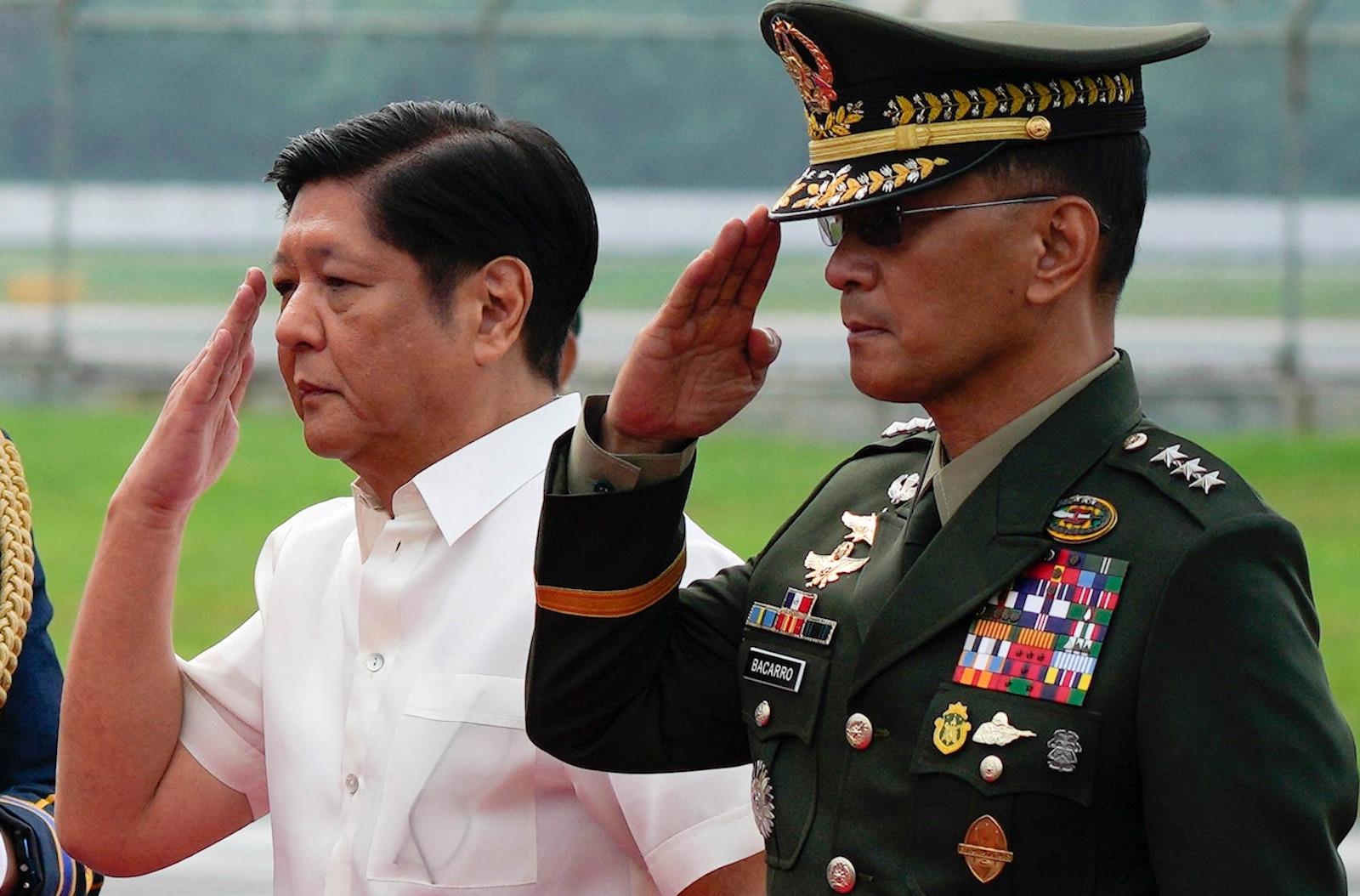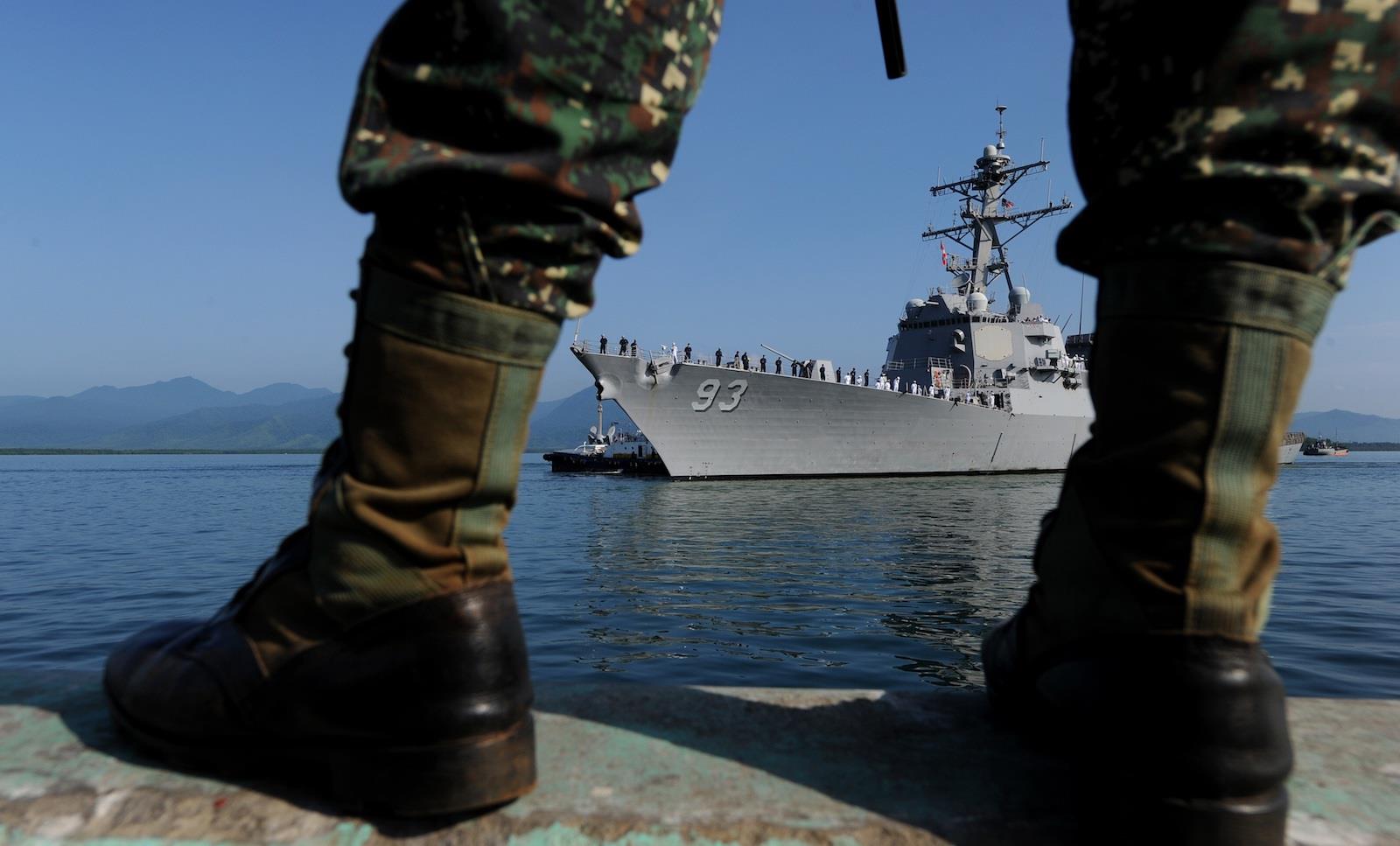(MENAFN- Asia Times) MANILA – The Quadrilateral Security Dialogue, composed of Australian, India, Japan and the United States and better known as the Quad, has billed itself as a robust partnership centered and fortified on shared interests and values .
Combining strategic resources with ideological posturing, the Quad seemed to have all the makings of an“asian nato” built to check and counter China and Russia.
It hasn't played out that way, however, given India's deep strategic dependence on Russia, which has caused New Delhi to consistently and openly defy its three Quad partners that have all imposed sweeping sanctions against Moscow over its invasion of Ukraine.
Not only has India declined to join Western-led energy sanctions imposed on Russia, but rather has doubled down on importing Moscow's discounted oil, undermining the Quad's credibility and cohesion in the process.
India's External Affairs Minister S Jaishankar has openly accused the West of hypocrisy and touted the arrival of a supposed new world order where“multi-alignment” allows non-Western nations to autonomously pursue“particular policies and preferences and interests.”
Enter the Philippines, which some sense could soon supplant India's role in the Quad. President Ferdinand Marcos Jr has quickly forged a new era of defense cooperation with the US, Japan and Australia – the Quad's more democratic members.
Barely a year into office, the new Filipino president has defied his critics and surprised traditional allies by discarding his predecessor Rodrigo Duterte's pro-Beijing and pro-Moscow strategic orientation.
Over the past month alone, Marcos Jr granted US troops expanded access to Philippine bases under the Enhanced Defense Cooperation Agreement (EDCA), negotiated a new series of defense deals with Japan and is reportedly exploring a us-japan-philippines tripartite security agreement.

Philippine leader Ferdinand Marcos Jr (L) is pivoting away from China and toward the US. Image: Twitter
Along those strategic lines, Australia, which like the US has a visiting forces agreement with Manila, has offered to conduct joint maritime patrols with the US and the Philippines across the South China Sea – a move that will inevitably irk Beijing. Australia and the Philippines have also agreed to conduct regular high-level defense dialogue toward deepening military cooperation.
In many ways, Marcos Jr has boldly and openly made the Philippines a pivotal element of the US Pentagon's so-called“integrated deterrence” strategy against China. Indeed, many observers believe the Philippines might end up forming the core of a“new Quad”, composed of the US and its three leading treaty allies in the Indo-Pacific and that de facto jettisons India.
Just weeks after US Defense Secretary Lloyd Austin visited Manila, Australia's Deputy Prime Minister and Defense Minister Richard Marles notably followed suit. During his meeting with Philippine Defense Officer-in-Charge Senior Undersecretary Carlito Galvez Jr, Marles underscored how the two sides now“have a greater strategic alignment than we've had in any moment in our respective histories.”
Historically, Australia has been the Philippines' second closest defense partner. Over the past three decades, the two sides signed several major defense agreements, namely the Memorandum of Understanding (MOU) on Cooperative Defense Activities, the Status of Visiting Forces Agreement (Sovfa) and the Australia-Philippine Comprehensive Partnership (DCP).
The upshot has been growing bilateral and multilateral military cooperation. Australia has also been a key counterterrorism partner, most notably providing training and intelligence support during the 2017 siege of Marawi, the Philippines' largest Muslim-majority city, by Islamic State-affiliated fighters.
Three years earlier, Australia was also among the few countries, along with the US and the United Kingdom, which deployed large numbers of troops and personnel to assist Humanitarian Assistance and Disaster Relief (HADR) operations during the Yolanda super typhoon which devasted much of the central Philippines.
Australia, along with Japan, has also been a regular participant in annual Philippine-US wargames in recent years. This year's annual exercise, which will take place i n the northwestern province of Ilocos Norte, is expected to see the participation of as many as 16,000 troops, with joint drills increasingly focused on potential contingencies in the South China Sea and Taiwan.
According to Marles, Australia is set to send“one of its largest contingents” to join the Balikatan exercises later this year. The Philippines has also been hosting massive wargames with the US, Japan and Australia, most notably the kamandag exercises last year.
Other new Quad seeds are being planted. Earlier this month, Marcos Jr greenlighted us access to a number of bases in northernmost military facilities in the Philippines, namely in the provinces of Isabela and Cagayan. The Marcos administration is also exploring opening up its naval bases to the US in Mavulis and Fuga Islands, which are just over 100 nautical miles away from Taiwan's shores.

A Philippine naval officer stands guard during the arrival of American missile destroyer USS Chung Hoon before US-Philippine joint naval military exercises in a file photo. Photo: AFP / Noel Celis / Getty Images
As a US treaty ally, Australia is expected to be involved in America's military response to a potential Chinese invasion of Taiwan, which Beijing views as a renegade province. The same could also be said about any potential US intervention in support of the Philippines in the event of an armed conflict with China over contested territories in the South China Sea.
Meanwhile, the Philippines is expected to be among the first recipients of a new major security aid package from Japan, which is also exploring Acquisition and Cross Servicing Agreements (ACSAs) as well as a visiting forces agreement (vfa) deal with the Southeast Asian nation.
A tripartite US-Philippine-Japan defense deal is now also under consideration to consolidate interlocking defense cooperation among the three countries. Australia is also pursuing expanded military cooperation with the Philippines as part of the broader“integrated deterrence” strategy against China.
“Later this year, we look forward to signing the strategic partnership between our two countries, which comes on top of the first meeting between Prime Minister Albanese and President Marcos in November of last year,” Marles told reporters during his recent visit to Manila.
In his comments to the press, Marles emphasized the two sides' shared commitment to“a formed institutional path” to expand high-level defense dialogue between their respective armed forces, including regarding maritime security in the volatile South China Sea.
Days before his visit, Australia, the US, Japan and key European powers condemned a chinese patrol ve ssel's alleged pointing of laser weapons that reportedly temporarily blinded Filipino coast guard forces in the disputed waters.
Last year, Australia claimed that a Chinese warship similarly pointed a“military grade” laser at one of its patrol aircraft operating in the Western Pacific.
Follow Richard Javad Heydarian on Twitter at @richeydarian